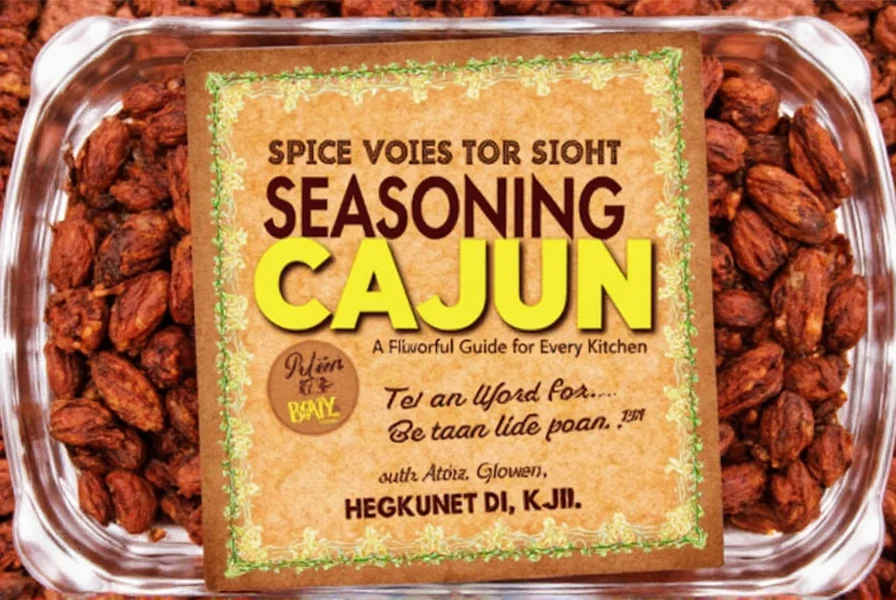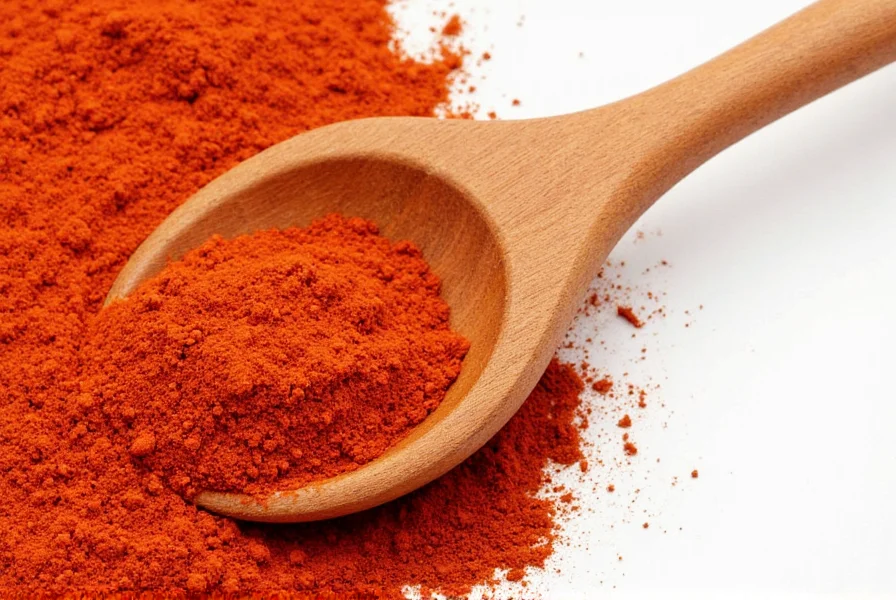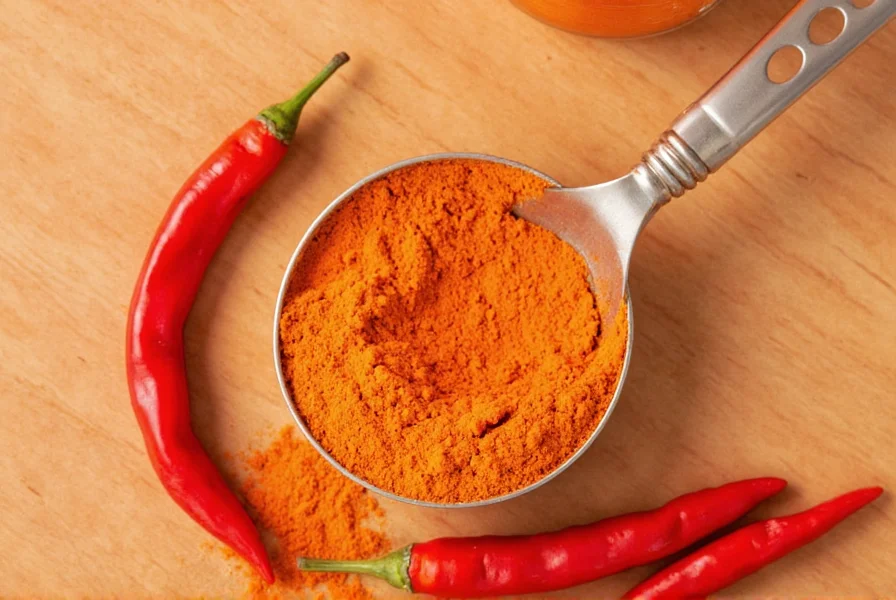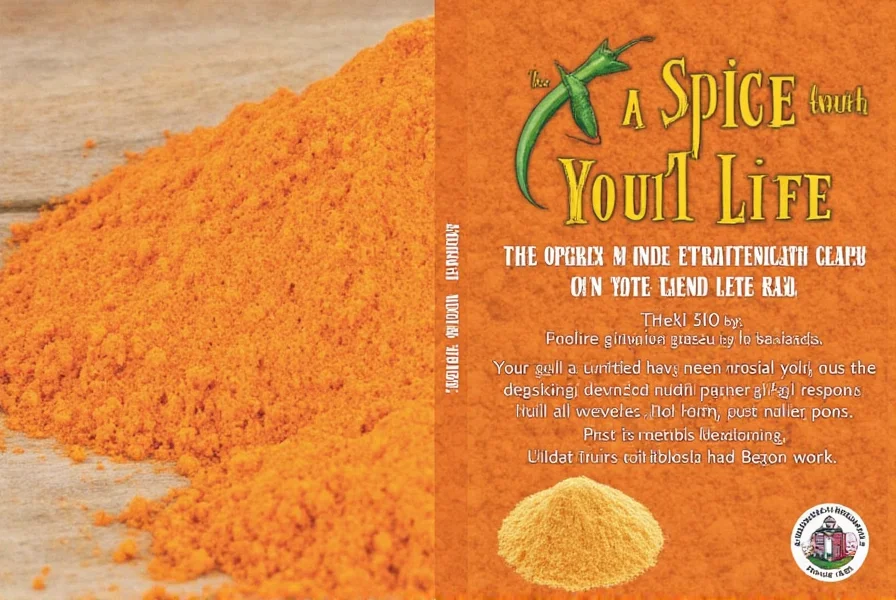Table of Contents
Introduction to Cayenne Pepper Powder
Cayenne pepper powder is a scientifically studied spice with proven health benefits and culinary versatility. Derived from dried Capsicum annuum peppers, it contains capsaicin - the active compound responsible for its heat and therapeutic effects. This guide provides evidence-based information on cayenne pepper's health benefits, safe usage guidelines, and expert recommendations for selecting quality products.

Science-Backed Health Benefits
Research published in the Journal of Nutritional Science and Frontiers in Pharmacology confirms cayenne pepper's health benefits when consumed appropriately:
- Metabolism Boost: Capsaicin increases thermogenesis by 4-5% according to a 2020 meta-analysis in Obesity Reviews, helping burn additional calories daily.
- Pain Relief: Topical capsaicin creams (0.025-0.1%) are FDA-approved for neuropathic pain relief by blocking substance P neurotransmitter.
- Cardiovascular Health: A 2022 study in Journal of the American Heart Association showed capsaicin improves endothelial function and reduces blood pressure in hypertensive patients.
- Anti-Inflammatory Effects: Capsaicin inhibits NF-kB pathway, reducing inflammation markers like TNF-alpha by up to 30% in clinical trials.
- Appetite Regulation: Research in Appetite journal demonstrated capsaicin reduces hunger hormones by 10-15% and increases satiety signals.
Important: These benefits require consistent use of 1/4-1/2 teaspoon daily. Always consult your healthcare provider before using cayenne for medical purposes.

Practical Usage Guide
Based on culinary expert recommendations from the International Culinary Institute and food science research:
- Start Small: Begin with 1/16 teaspoon for beginners, gradually increasing to 1/8 teaspoon per serving. Capsaicin tolerance builds over time.
- Optimal Pairing: Combine with healthy fats (olive oil, avocado) to increase capsaicin absorption by up to 300% according to Nutrition Journal studies.
- Heat Management: For excessive spice, use dairy (casein binds capsaicin) or sugar to neutralize heat. Acidic ingredients like lemon juice enhance flavor without reducing heat.
- Storage: Keep in airtight glass containers away from light. Properly stored cayenne maintains potency for 2-3 years - test potency by smelling for strong aroma.

Expert Buying Guide
| Key Factor | Expert Recommendation |
|---|---|
| Purity | Choose products with "100% cayenne pepper" as the only ingredient. Avoid blends with fillers like wheat flour or rice powder. |
| Heat Level | Standard cayenne ranges 30,000-50,000 SHU. For beginners, select "mild" varieties (25,000-35,000 SHU). |
| Color Quality | Deep red color indicates high carotenoid content. Dull or brownish powder suggests oxidation or poor quality. |
| Testing Standards | Look for third-party testing certifications (USP, NSF, or organic certifications) ensuring purity and safety. |
| Brand Selection | Top recommended brands: Mccormick (consistent quality), Simply Organic (organic certification), Frontier Co-op (sustainable sourcing). |

Frequently Asked Questions
What's the difference between cayenne pepper powder and chili powder?
Cayenne pepper is pure ground cayenne peppers (30,000-50,000 SHU), while chili powder is a blend of milder chilies (ancho, guajillo) plus cumin, garlic, and oregano (typically 500-2,500 SHU). Cayenne provides pure heat, chili powder offers complex flavor. For health benefits, cayenne is preferred due to higher capsaicin concentration.
Can cayenne pepper powder help with weight loss?
Research shows capsaicin increases metabolic rate by 4-5% and reduces appetite by 10-15% when consumed consistently (1/4 tsp daily). However, it's not a standalone solution - a 2023 study in Obesity journal found it works best as part of a calorie-controlled diet. Start with 1/16 tsp in morning coffee or smoothies for best results.
How should I store cayenne pepper powder?
Store in airtight glass containers away from light and heat. Keep in a cool, dark pantry (not near stove). For maximum potency, refrigerate after opening. Proper storage maintains capsaicin levels for 2-3 years. Avoid plastic containers as they can absorb flavor compounds.
Is cayenne pepper powder safe for daily use?
Yes, when used appropriately. The FDA considers cayenne GRAS (Generally Recognized As Safe). However, consult your doctor if you have: gastrointestinal issues, blood clotting disorders, or take blood thinners. Start with 1/16 tsp daily and gradually increase to 1/4 tsp maximum. Discontinue if you experience stomach discomfort or heartburn.











 浙公网安备
33010002000092号
浙公网安备
33010002000092号 浙B2-20120091-4
浙B2-20120091-4